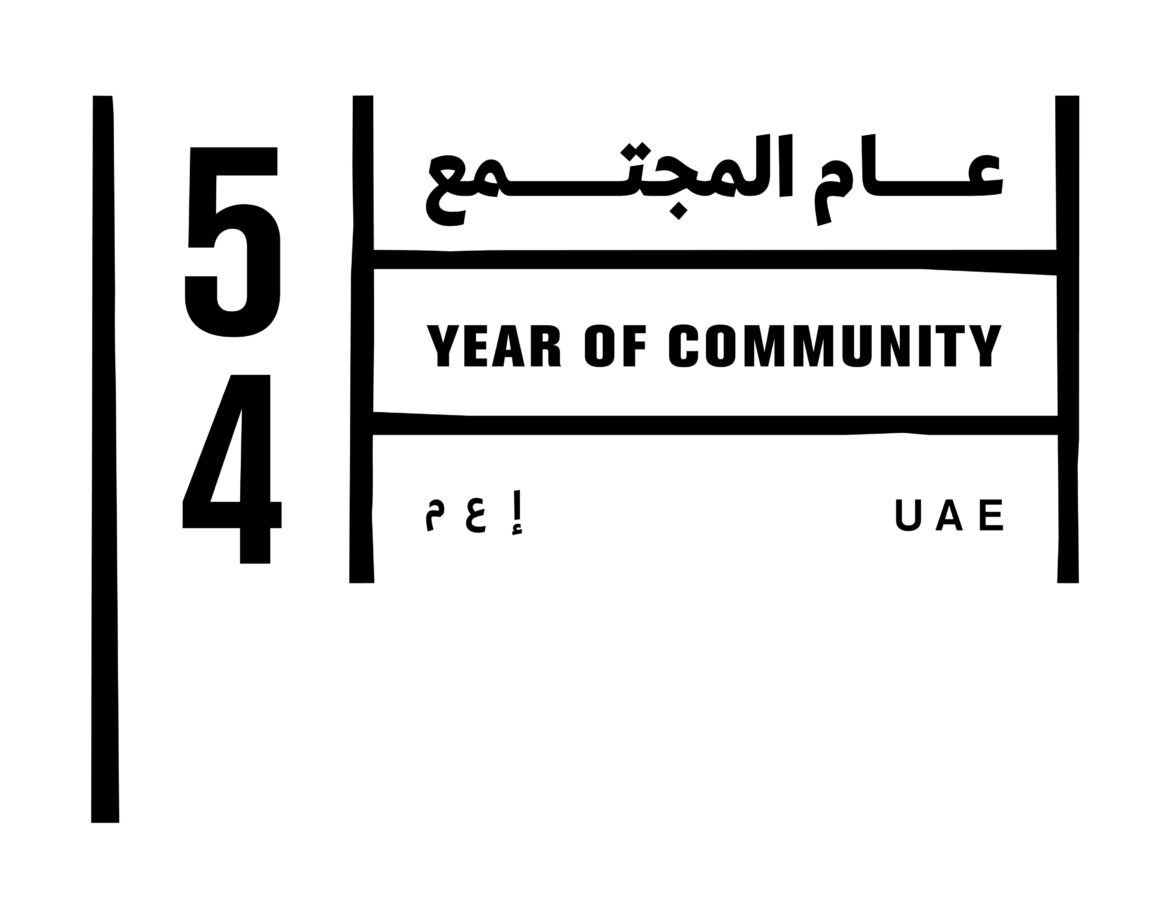Following the ceremonial end of the ‘Year of Sustainability’, 2025 will be marked as the ‘Year of Community’. It expands upon the central planning trend set previously to drive through the effectiveness new policies and initiatives for holistic change in the UAE.
As one may judge from the name of the programme, the ‘Year of Community’ focuses on bringing about social change. The primary goal of the programme is to mould the Emirati citizenry into individuals capable of navigating the rest of the 21st century ahead of the rest of the world.
For the first time, the UAE is launching a society-wide initiative to recognise the cultural diversity amongst its population, composed not only of Emirati Arabs but also of non-Arab populations arriving as migrant workers. In its scope, the initiative is certainly one of a kind.
The Purpose Behind the Initiative
The initiative was announced on X by HH Sheikh Mohammed Bin Zayed, President of the United Arab Emirates on 26 January 2025. The UAE has been using yearly themes to direct projects, initiatives, and policy choices throughout its seven emirates since 2016.
The shift to the ‘Year of Community’ in 2025 is a comprehensive strategy for the advancement of the country, acknowledging the importance of social harmony just as much as environmental sustainability.
Why is this necessary? Well, one would have to take a good look at the recent history of the UAE. The image of the Emirates as a modest tribal society is still within the living memories of its senior citizens who grew up within its folds. The immediate generation after that was brought up by their parents and older siblings who experienced the Emirati tribal society first-hand.
The extraction of oil and the building of a robust export-oriented economy from it rapidly changed the country. Talking about the true scale of the change in this way would be somewhat of an understatement.
The UAE, along with the rest of the Gulf, changed almost as rapidly as Japan did during its Meiji Restoration period. It is said that 200 years of development were covered in the span of 20 years there. The UAE’s transformation took place on a similar note.
From Tribal Society to Global Economy
Transforming from a collection of tribal fishing villages to a highly developed multicultural economy has come with its fair share of challenges. The Year of Community initiative is a wholehearted drive to embrace the change and recognise the value brought by migrant communities, particularly the Indian migrant community.
Of particular note are the international metropolises of Dubai and Abu Dhabi, both of which have long been home to skilled expatriates and entrepreneurs from across the world. All combined, the prevalence of yet another social issue has been recognised by the federal government.
This is the generational gap between Emiratis. Such rapid change over the course of decades has led to two distinct threads among the old and the young. The UAE in its current form makes little sense to many among the oldest of the population, given how rapidly Emirati lifestyles had to adapt to change, as well as the demographic shifts.
Generational Gaps and Social Cohesion
To put it simply, the neighbourhoods are simply not what they used to be. The youth, on the other hand, have been said to be caught up in the whirlwind of economic success, leading to excess materialism in the eyes of some critics.
“The government is doing its best to promote opportunities and productivity amongst the country’s youth but we also need frank and open communication from the parents,” UAE footballer Hasan Murad said in 2018.
“We are a small nation with a conservative culture but we have seen our country modernise very quickly and I’m afraid our youths think they are modern only because they live in it. What I see happening today is youths’ sleeping half the day away because they think everything is easy. The truth is, it was people’s hard work that built what they are now taking for granted and it is the youths’ job to carry this development even further.”
He emphasised his point with the question: “If technology was to collapse, what would they do?”
While the Year of Community initiative in 2025 does not aim to train Emirati youth to live in fishing villages, it does aim to reduce the distance between the old and the young by engendering an understanding of what it means to be an Emirati.
Social cohesion is the motto of the Year of Community in all of its senses.
Economic Diversification and Urban Planning
In light of the UAE’s ambitious goal to diversify the economy, the future will consist of skilled technicians, experts, managers, and workers from around the world working in various sectors. They will become long-term residents, even on a completely permanent basis.
The UAE has some experience with such arrivals, mainly engineers and entrepreneurs coming from places such as India, Pakistan, Bangladesh, Turkiye, Russia, and beyond. However, the intake in the future may far outstrip this.
What was once a popular destination for temporary foreign workers is now becoming a favourable setting for those wishing to make the country their permanent home. The population centres of the country can benefit greatly from concentrated efforts in urban regeneration.
The Role of Urban Regeneration
Urban regeneration is fundamentally about placing communities at the centre of all urban planning decisions. Its main goal is to build a city that proves to be liveable and convenient enough to ensure that its citizens remain as permanent residents. It creates the bedrock for urban civic cultures to develop. Existing cities certainly benefit from urban regeneration through focused redevelopment and redesign initiatives.
These new grounds in urban management and planning are made possible by leveraging advanced scientific perspectives in city design and architecture, along with astute use of data. While such initiatives have not been announced for the Year of Community, it remains true that city design and infrastructure play just as much of a role in community-building as cultural attitudes and perspectives.
Damac Properties chairman Hussein Sajwani states the following about Dubai:
“What is unique to Dubai is the dynamic energy of its communities with their diverse culture and backgrounds. That’s why developers must understand that meeting the rising housing demands is not just about creating units, but about transforming neighbourhoods and communities. Moreover, it’s about building an environment that is fit for the future, keeping environmental and social considerations at the heart of all projects and renewal plans.”
Future Directions of the Year of Community
For now, what can be known with some reliability is that future Year of Community initiatives will focus on fostering a culture of volunteerism and strengthening the distinct Emirati political identity that the country has been presenting on the world stage. Emiratis are no longer simply just tribal Arabs; they now have a demographic profile that is truly unique in its diversity.
Indeed, the UAE is still busy with nation-building. Yet, any country that experiences such holistic change within a short period of time would do well to revitalise its societies.
With the year just starting, the initiative has also just begun. Its true effects may only be seen later in the year. If the statistics regarding the previous Year of Sustainability are to be believed, then it seems that the UAE has a solid template for engendering social change.
The UAE, along with other Gulf states, differs from other developed economies as it has had to rapidly transform from an earlier technological and social level to being a foremost global champion of its respective industries. It must be emphasised that a country such as the UAE, which has had to rapidly transform itself, must grapple honestly with the effects of such a change within its social fabric.
Within its nature as a central government-organised effort, it is setting new dimensions and a template to follow. The next energy transition is likely to be disruptive to many societies around the world, requiring out-of-the-box thinking and bold initiatives across large sections of their respective populations. Holding social cohesion together through such changes is of paramount importance.
By: Omar Ahmed



